
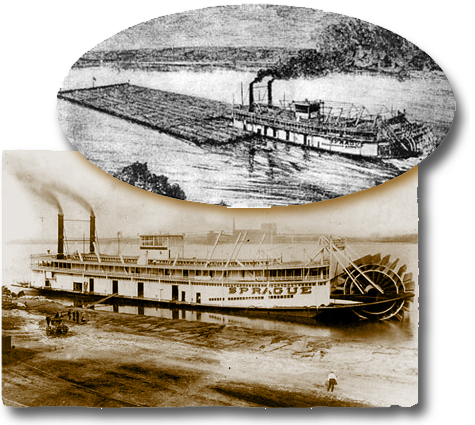
Long a tourist attraction on the river front in Vicksburg, the Sprague, in her absence, has become an icon of our state as well as a symbol of man’s attempts to master the forces of nature—in this case, the awesome power of the Mississippi River. But sadly, that once proud icon is now a collection of worn fittings and a scattered heap of rusting metal rank with weeds and briars.
Built in 1901 at a total cost of $192,000 in Dubuque, Iowa by the Iowa Iron Works, the Sprague served for 45 years on the waters of the Mississippi and Ohio Rivers pushing immense tows of coal, oil, and other cargoes. Her work took her from New Orleans to Pittsburgh, and points in between. Though not as ornate as the steamboats that carried passengers, she was outfitted “with all the conveniences of a large, first class packet.” She was, after all, a working boat.
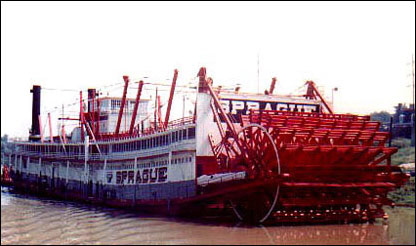
And work she did, overcoming the great currents of the Father of Waters and setting records that stand to this day. The largest tow she pushed was 11,000,000 gallons of crude oil loaded aboard 19 barges, in all 1,123 feet long and 266 feet wide—the equivalent of 10 football fields.
Her whistle alone was of such an immense size that, when the Sprague was decommissioned, the whistle too was retired, as no other steamboat had the capacity to blow it.
During the 1927 Mississippi River Flood, when the river below Memphis reached a width of 60 miles, the Sprague carried approximately 20,000 people to safety at Vicksburg.
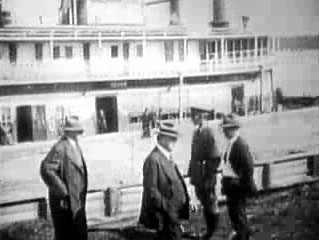
Secretary of Commerce Herbert Hoover meets with Will Percy in Greenville, Mississippi to survey the extent of the damage caused by the flood. The Sprague can be seen in the background.
After being decommissioned on the Wolf River in Memphis on March 5, 1948, she spent some time tied up at Baton Rouge until a citizens’ group from Vicksburg acquired her as a “River Keepsake” for one dollar. For 26 years, a little over half of her working life, the Sprague served as a floating restaurant, river museum, theater, and refueling depot for other boats.
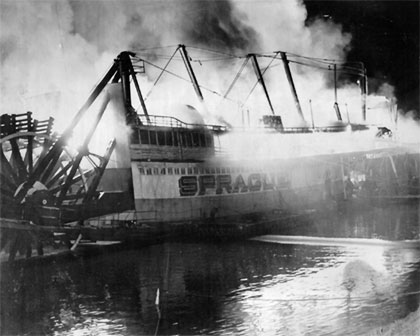
On a May evening in 1974, the Sprague caught fire under unknown circumstances and was mostly destroyed. The items that remain (see color photos at bottom) do little to indicate the true size and the many accomplishments of the Sprague. (Photo at right—Chris Faulk)
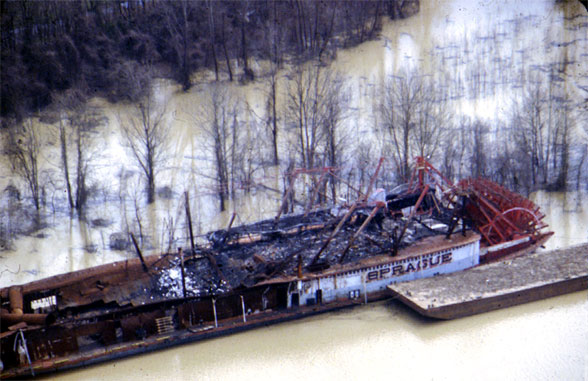
Beached on the shore of the Yazoo River for the next five years, she was eventually dynamited and left to the elements. Certain of her fittings were removed prior to this and form a solemn exhibit near the corner of China and Levee Streets in Vicksburg. More remains are to be seen less than a mile north of this spot on the west side of Washington Street, between the railroad tracks and the Yazoo River Diversion Canal.
What caused the Sprague to burn? Perhaps one day the true story will be revealed, but until then one can only speculate as to the fate of the Big Mama, the largest steam-powered towboat ever built.
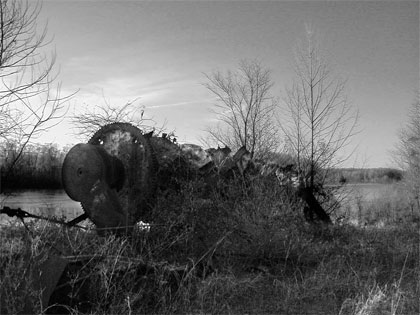
The paddlewheel shaft was forged by the Bethlehem Steel Company in Bethlehem, Pennsylvania. It is shown overgrown with vines in the photograph at right alongside the Yazoo Diversion Canal just north of Vicksburg.
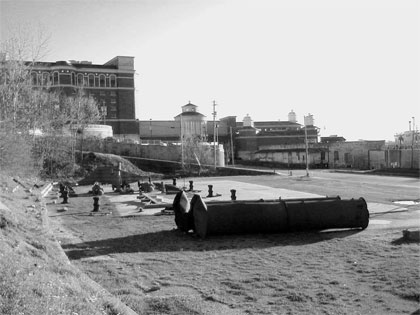
Other pieces pulled from the hulk were stored outside for a time (left) across the street from the Vicksburg Riverfront Murals.
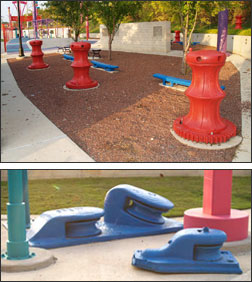
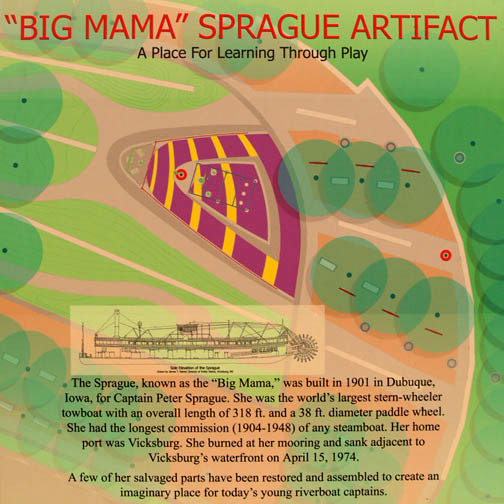
One can walk among some of the fittings (left) spread out near the corner of China and Levee Streets in Vicksburg. What had once been a vacant lot strewn with some of the remains of the Sprague (above, right) is now a colorful playground called Catfish Park (Click the sign at right to see a larger image).
COPYRIGHT © THE NEW SOUTHERN VIEW | 2/1/09

